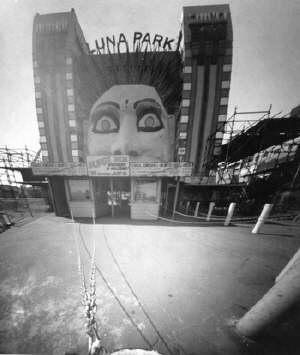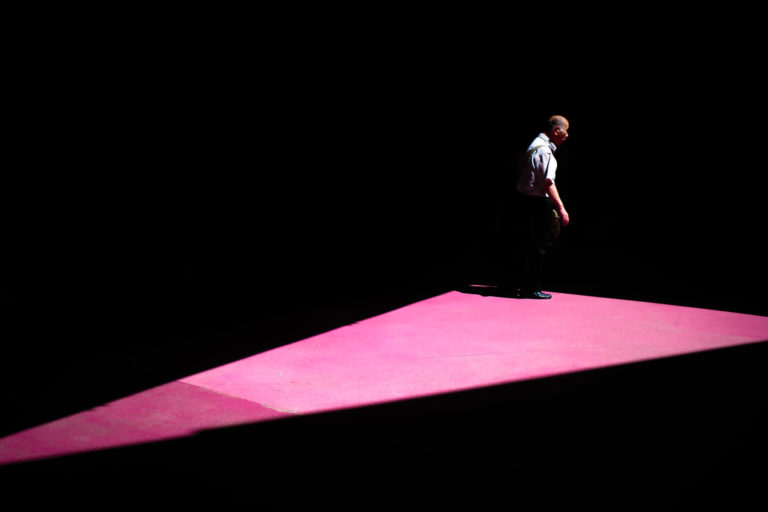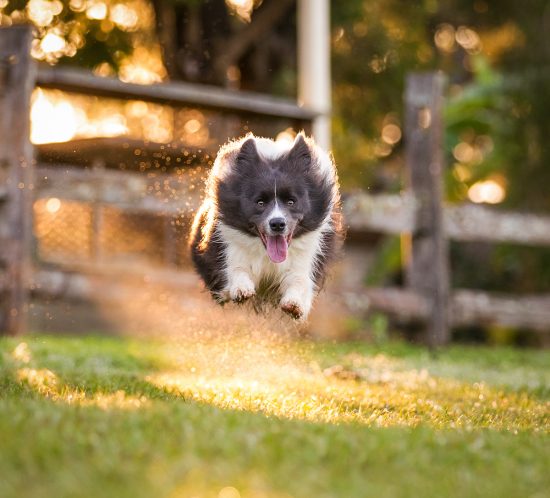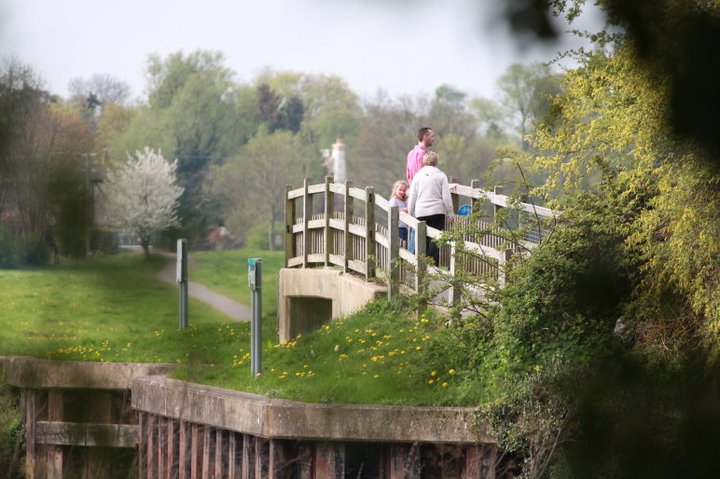Pinhole photography
Pinhole photography is lens-less photography – a method of capturing images using a simple light-tight box with a single pinhole in one end.
What is pinhole photography?
A piece of opaque tape or cardboard can serve as a shutter. Film or photo-paper is taped inside and the camera secured on a stable platform or tripod, exposure is calculated and the shutter opened.
After the shutter is closed the camera is taken into a darkroom and the film removed for processing.
Pinhole cameras are made in an endless variety of shapes, styles, and materials. Any light-tight container will do such as a round or rectangular cardboard box or cookie tin.
More elaborate pinhole cameras are constructed of hardwood.
Some pinhole cameras employ the use of film holders so that multiple exposures can be made on location, other designs incorporate bellows to allow for a change in focal length (distance between film and pinhole).
Images made with pinhole cameras are softer and more impressionistic than lens images.
Pinhole images have virtually infinite depth of field and wide angle scenes are rectilinear right out to the edges. Pinhole photographs have a certain aesthetic that many camera geeks like us have come to love.
There has been a resurgence of interest in pinhole photography in recent years and there are a number of on-line galleries and resources for pinhole practitioners.
A good way to explore pinhole photography is to make a simple cardboard box camera and do some trial and error experimentation.
This will give you a feel for how light will effect the paper/film in your camera. Try to make the pinhole as round and clean as possible as this will effect image quality.
The theory of pinhole photography
Pinhole variables
There are two main variables with a pinhole camera:
- Pinhole to film plane distance.
- Size (diameter) of the pinhole aperture.
Since a pinhole does not focus light as a lens does, changing the pinhole to film plane distance (focal length) has little effect on image sharpness. However, when the image is examined critically, it is found that there is an optimum pinhole diameter for any given pinhole-to-film-plane distance.
Increasing the size of the pinhole from optimum allows more light to pass through and decreases the exposure time but it also decreases image sharpness.
As a general rule the smaller the hole the sharper the image and the longer the exposure.
Decreasing the pinhole size does not necessarily increase image sharpness for when the size is decreased beyond the optimum for the specified distance diffraction causes a decrease in image sharpness.
A satisfactory pinhole camera is a compromise between acceptable image sharpness and acceptable exposure time.
Optimum pinhole diameter
There are a number of OPTIMUM PINHOLE DIAMETER formulae in the literature – try this one:
1/25 the square root of the distance between the pinhole aperture and the film plane (focal length).
Above formula applied to a 80mm (31/8 inch) focal length camera:
1/25 the square root of 80mm = 0.35mm.
The pinhole aperture can be made from any suitable material with any suitable hole drilling technique. However, a carefully made aperture in stiff, thin metal will give you the best results.
Aluminium, brass, or copper sheet metal (approx. 0.3 mm) is ideal for making pinhole apertures.
Aluminium pie/baking dish or soft drink cans are suitable (domestic aluminium foil is too thin/difficult to work with and is not recommended).
Brass shim used in the automotive/brake lining industry is ideal but more difficult to find – art & craft suppliers may have brass and/or copper sheet metal 0.2-0.4mm thickness.
The pinhole aperture is usually made with a hand sewing needle as they are manufactured to a standard diameter.
| Needle size | #4 | #5 | #6 | #7 | #8 | #9 | #10 | #12 |
| millimetres | 0.90 | 0.80 | 0.75 | 0.70 | 0.60 | 0.55 | 0.50 | 0.40 |
Pinhole work is not about precision and less than perfect hand-drilled apertures may produce unique, aesthetically pleasing images.
It is unlikely a novice’s hand-drilled aperture will meet the theoretical optimum diameter and there is considerable room for experimentation.
It will be found that a #10 needle will yield satisfactory results with a range of focal lengths.
Relative aperture
Derived from focal length (F/L) divided by the pinhole aperture.
For example, 80 mm (31/8 inch) focal length of camera:
80/0.5 = f160
Exposure
It is possible to predict pinhole camera exposures based on:
- f16 rule.
- Reciprocity data.
When the following variables are known:
- Relative aperture.
- Approximate ISO of the light-sensitive materials.
f-Stop progression
Standard lenses provide a range of familiar f-stops e.g. f1.4 to f22.
The key to understanding f-stop progression is the knowledge that each successive f-stop increases logarithmically by the square root of 2 (i.e. 1.4):
.
f1.0 f1.4 f2.0 f2.8 f4.0 f5.6 f8.0 f11.0 f16.0 f22.0
Note the doubling/halving relationship between each alternate number:
f1.0 f2.0 f4.0 f8.0 f16.0
f1.4 f2.8 f5.6 f11.0* f22.0
With this knowledge we can extend this series of numbers to accommodate minute pinhole apertures and predict exposures in a variety of pinhole cameras.
It is necessary to commit to memory any two numbers in the series e.g. the first 2 numbers f1.0 and f1.4 (my preference) and extend the series thus:
f1 f1.4 f2 f2.8 f4 f5.6 f8 f11* f16 f22 f32 f45 f64 f90 f125* f180 f250 f360 f500 f720 f1000
* by convention, f11.2 is rounded down to f11, and similarly, f128 to f125.
Interval of time / shutter speed
Is a arithmetic progression – conventional cameras operate in the fractions of a second range i.e. 1/2000 1/1000 1/500 1/250 1/125 1/60 1/30 1/15 1/8 1/4 1/2
The interval of time for the shutter to remain open in pinhole work is more likely to be in the whole seconds range e.g. 1.2.4.8.16.30.60.120.240.480.560.1120 etc.
In pinhole practice, rounding interval of time numbers up or down will make the calculations easier, for example, amending 16 seconds to 15 simplifies the numerical progression: 15 . 30 . 60 . 120 . 240. 480 etc. which convert to whole minutes with ease.






